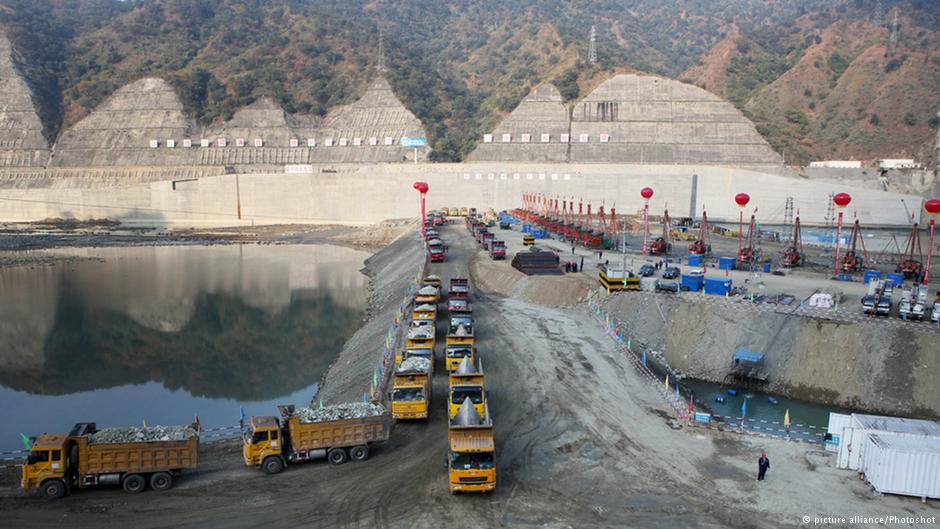Over 1,500 kilometers long, the Yalong River flows from the Tibetan Plateau to southern China, its middle and lower reaches meandering through the narrow valleys of Sichuan province before joining the mighty Yangtze River.
It is there in Sichuan that China's Yalong River Hydropower Development Company is constructing the 305-meter-high Jinping-1 Dam. Slated for completion in early 2015, it will dwarf even the landmark Three Gorges Dam.
The dam foresees not only harnessing the energy of the river but also directing its flow via a special pipe system through the mountains, thereby generating even more energy. With a 3,600 megawatt capacity, the Jinping-1 Dam costs approximately 54 billion yuan ($8 billion).
Set to profit from the project are not only its owners, but also the German companies, including Siemens and Herrenknecht, that have supplied technical know-how every step of the way from the initial excavations to the power conversion process. The dam also serves as a flagship project for Beijing, which is keen to boost alternative energy production.
Hydropower
Having made hydropower rather than solar or wind power the cornerstone of its environmental agenda, China wants water to become the main alternative to coal extraction.
A further 20 dam and hydropower stations currently in development as far afield as the Tibetan Plateau are set to begin operating by 2020. With 70 percent of the energy generated by the Jinping-1 Dam earmarked for western China, underdeveloped regions will benefit most from the new focus on hydropower.
But while this part of the country will welcome the progress the dam brings, China's neighbors are less pleased. They were protesting even before construction began on the Jinping-1 Dam. The sources of almost all the main rivers in southern Asia are in the part of the Himalayas that belongs to China.
The source of the Mekong is in Tibet, with the river flowing through China then on to Myanmar and Thailand, Laos and Cambodia, before reaching the Mekong Delta in Vietnam and the South China Sea. But now, global warming is melting the glaciers in Tibet and water flows are dropping.


